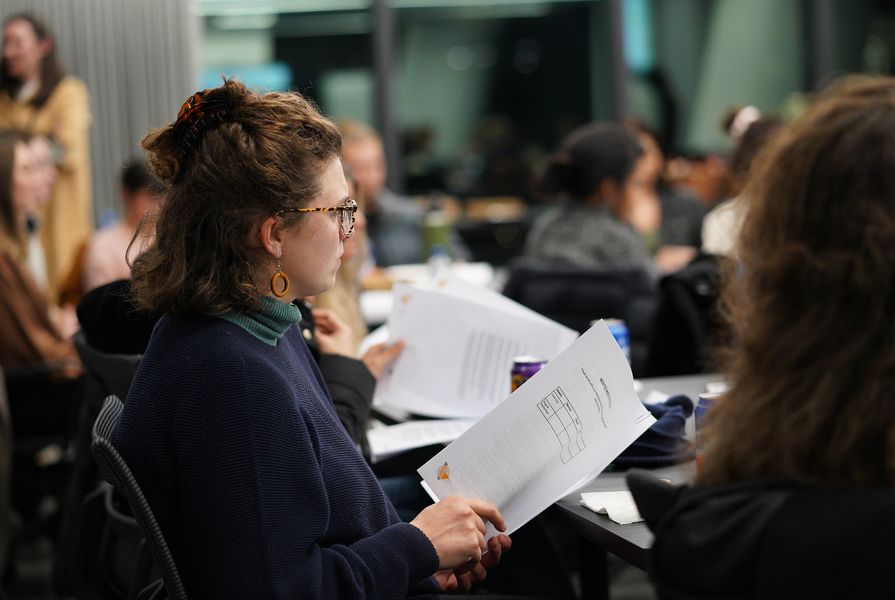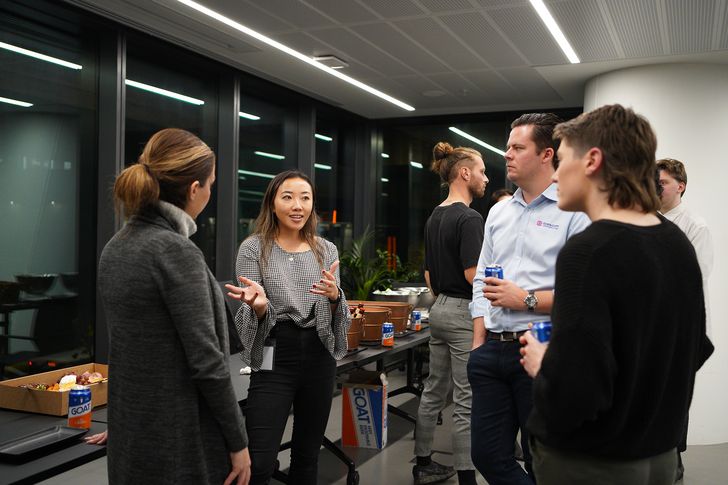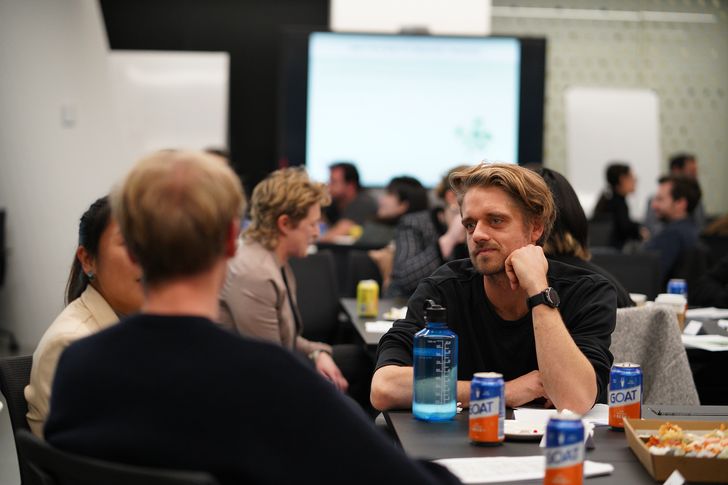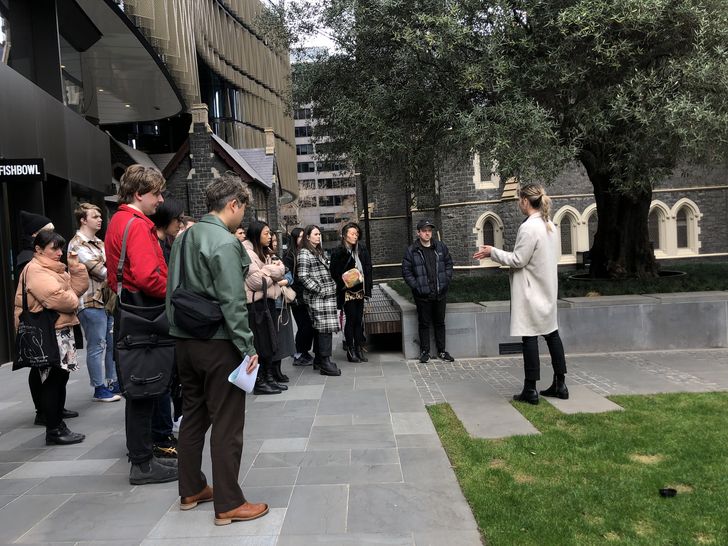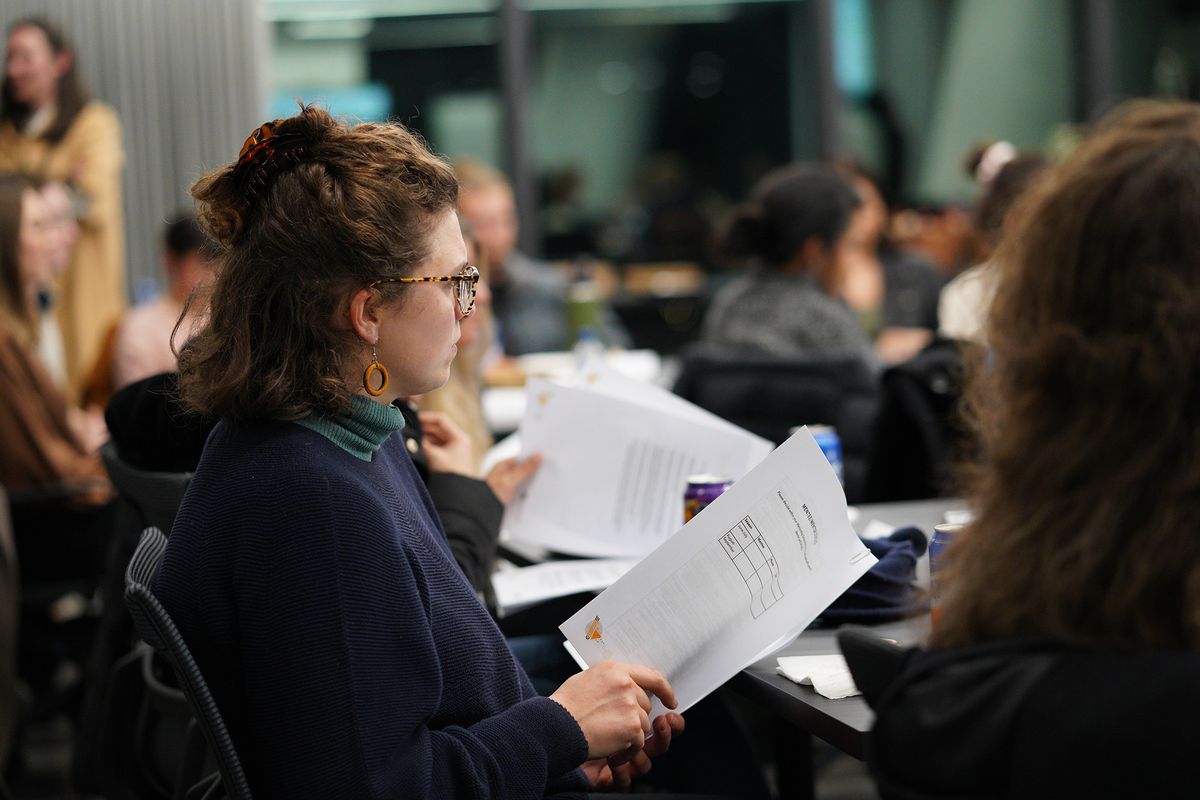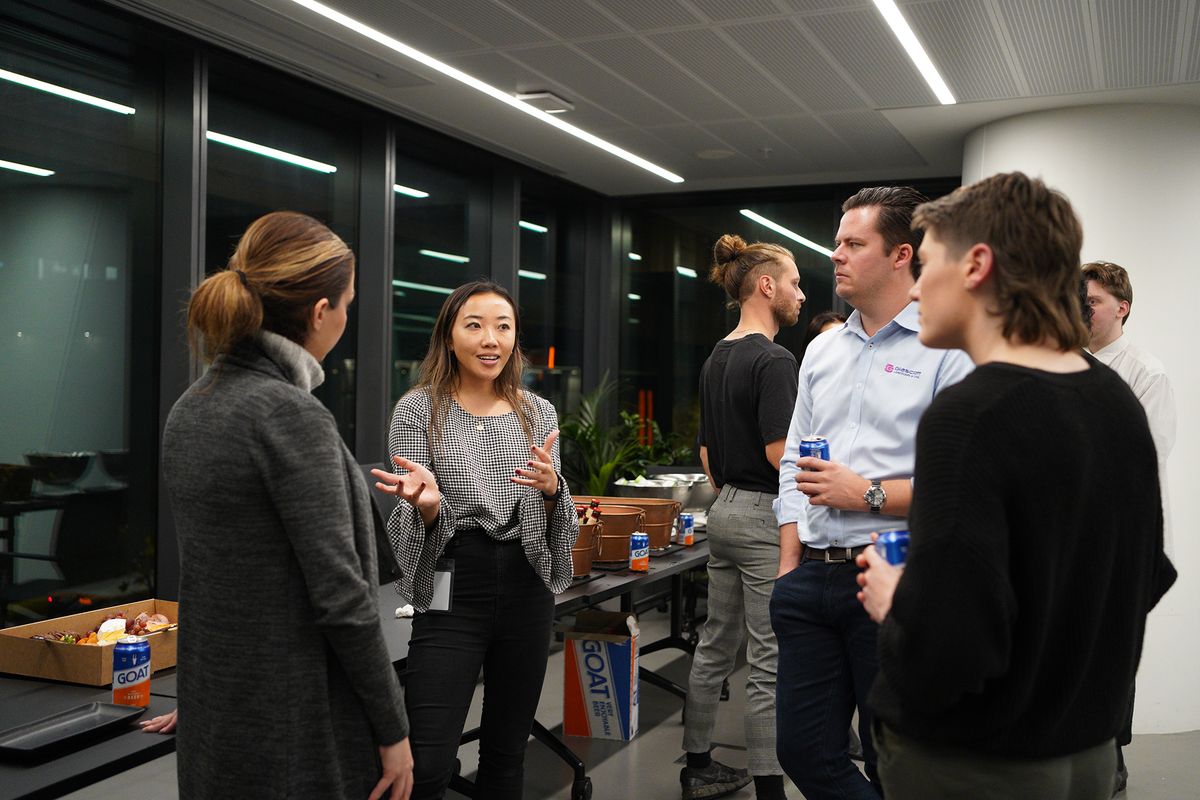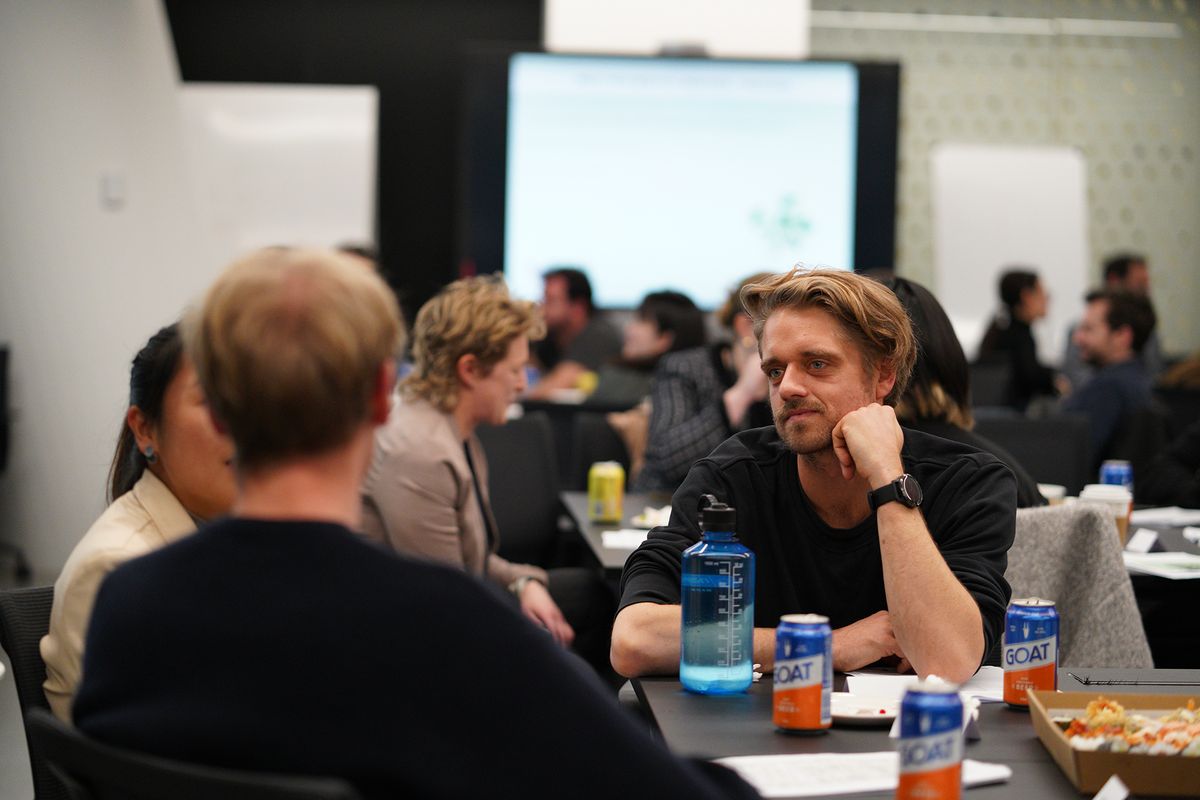The AILA Fresh Mentorship program has been running for five years in Victoria and for four years in South Australia. These programs have each taken in more than 40 landscape architects every year, asking participants to step out of their workplaces and tertiary institutions to talk openly about their experiences of practising as part of the landscape architecture profession.
As the fifth Fresh Mentorship program concluded in Victoria, I spoke with seven landscape architects who have participated in sharing their experiences and practices, both formally through the program and informally through other venues. By doing so, they continue to significantly shape the profession in Australia.
When reading through the applications for the Fresh Mentorship program each year, it’s concerning that there are so many graduates who are seeking out external mentorship programs [because] they are feeling unsupported in their workplace. (Molly Coulter, landscape architect at Oculus)
Sharing knowledge as part of the AILA Fresh Mentorship program.
Image: Ken Kuo
To be a landscape architect means to share. The many skills required to practise landscape architecture take years to explore and develop, and sharing is a vital part of this process. Sharing occurs in every studio and at every stage of a landscape architect’s career – between peers, between emerging and established practitioners, between specialities, between neighbouring design disciplines, and between collaborators and communities. However, little has been written about why sharing occurs and how it is being undertaken in the context of landscape architecture. How important is it for practice, specifically in an Australian context?
In the context of the climate biodiversity emergency, sharing is everything. We need to change the way we work, we need to change the way we live. We need to accelerate those changes and I think sharing knowledge and sharing our failures – as much as sharing our successes – is really critical. (Claire Martin, associate director at Oculus, AILA National Immediate Past President)
But beyond the award photos and the project descriptions, it can be challenging to share landscape architecture with others in a meaningful way. The multiple iterations, value management rounds, coordination and non-design-intent outcomes involved in any particular project, can be difficult to communicate to other landscape architects, let alone those outside the profession. Yet it is vital that we learn how to do this. The accessibility of the landscape itself goes hand-in-hand with the accessibility of landscape architecture and its complex set of systems, labour and economic factors.
Sharing knowledge as part of the AILA Fresh Mentorship program.
Image: Ken Kuo
Sharing is at the core of everything for me; nothing comes from holding your cards near. (Simone Bliss, founding director at SBLA)
There’s always going to be a notion of sharing because landscape architecture is always going to be translated or mediated by others, and it’s always going to be used by other people. (Claire Martin )
The importance of sharing, in many different forms, was reflected by every landscape architect in every conversation. Depending on the circumstance, it is direct and explicit, such as in mentorships, internships, workshops and other methods set up by practices to guide graduates or new employees. At other times, it is indirect and implicit, undertaken by peers and colleagues sharing their workflows or tacit design knowledge.
Every person has some sort of experience with landscape architecture, even if they don’t know it. (Gaby Carrasco, landscape architect at TCL)
Hearing about other people’s experiences and sharing your own is a really fundamental part of practising landscape architecture. I think sharing is integral to any design discipline, because we all come to our work with experiences, which are all valid and important to expand. (Heather Chapman, senior urban, landscape and strategy advisor, Rail Projects Victoria)
You’re unaware of what you don’t know. And when you’re unsure of the information that you’re lacking, it’s often hard to ask for the support you need. (Molly Coulter)
When knowledge, values and time are at stake, it becomes vital to find the most effective means of sharing skills, knowledge and ideas.
There’s a number of up-and-coming practices, including my own, where we just don’t have the ability to learn from those who have been in the industry for a really long time. We are sharing our expertise and thoughts with up-and-coming mentees, which is wonderful, but I feel there needs to be more sharing from people that have been in practice for 20, 30, 40 years. From a business and legal [perspective], how to actually practise all of those things beyond the project-based … that’s something that we’re not really taught, that we have to sort of reinvent. That is something that can absolutely be shared, in my opinion – the lessons learned. (Simone Bliss)
Sharing knowledge as part of the AILA Fresh Mentorship program.
Image: Ken Kuo
Sharing the discipline is not a siloed process. Just as a plan drawing is the representational means to a place and space, one landscape architect sharing with another has a flow-on impact upon all the projects worked on. These moments of transfer have the capacity to write best practice into maintenance regimes, to expand planting knowledge, to contribute to project life cycle assessments, and so much more. By sharing with collaborators, we can build cases for creating entirely new public spaces and regenerating others. Beyond this, sharing can help us to rethink entire policies and strategic directions.
To me, sharing is at the core of a rounded practice of landscape architecture. Our projects at the City of Melbourne seek community input, engagement and feedback in the early phases of development. These processes provide valuable community insights and professional development opportunities for our landscape architects. However, more can be done industry-wide to capture the successes – or not – of on-the-ground outcomes and lessons learned. While good design can often go unremarked on, because it looks or feels like it has always been there, ‘bad’ design is often criticized. The complexities of project design and delivery are often not present in the public discourse on design. More transparency in project decision-making would assist to build design literacy, informed engagement and possibly even community advocacy for investment in public space. All of this helps to raise the profile and value of landscape architecture. Adopting such practices also assists to build informed, supported and well-rounded landscape architects at all levels of the profession. (Jocelyn Chiew, Director City Design at City of Melbourne)
The International Federation of Landscape Architects recently undertook a global survey with the aim of better understanding the practice of landscape architecture around the world. Currently in Australia, the pathway to accreditation in landscape architecture relies on a mentorship framework. Some other countries, including New Zealand, take a similar approach, but it is far from universal. In Canada and the United States where “landscape architect” is a protected title, accreditation is achieved via a written exam, while the UK provides a combined mentor and exam pathway to chartership. In my conversations with these seven landscape architects, there was a collective feeling that while these other pathways to accreditation had merit, the mentorship pathway offered a rich and rewarding process that built a vital community around the vocation.
To me, the big part is about learning from somebody else or learning from a group of other people about what it means to be a responsible practitioner. (Ella Gauci-Seddon, senior landscape architect at City of Melbourne)
To have sharing embedded as part of a formal process is an incredible and rare thing for a professional discipline. While I can’t draw conclusions as to the efficacy of the various approaches to accreditation, it seems that there’s a broader discussion to be had regarding the direction of the professional accreditation pathway in Australia.
From the near-universal participation of applicants in each and every round of the mentorship program, it seems the sharing within the discipline of landscape architecture in Australia is likely seen as a community endeavour. Given that the pathway to accreditation can differ from country to country, this is one perspective that may set the Australian profession apart from the profession in other locations. This characteristic should be recognized, allowed for and tended to as we continue to evolve as a profession.1
1. All opinions in this article are those of the author and the interviewees and do not represent the opinions of employers.

